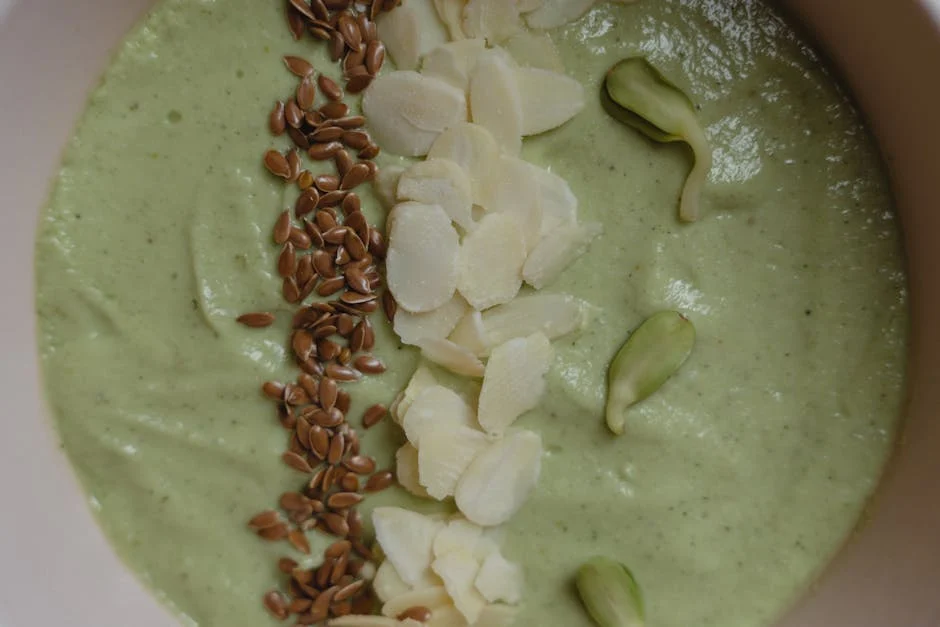Introduction
The Paleo diet, often referred to as the “caveman diet,” emphasizes foods our hunter-gatherer ancestors supposedly ate. This means a focus on lean proteins, fruits, vegetables, nuts, and seeds, while excluding grains, legumes, and, importantly for this discussion, dairy. But why is Paleo considered the ultimate dairy-free diet, and what makes it a better choice than simply cutting out dairy on its own?
Why Paleo Excels as a Dairy-Free Approach
Understanding Dairy Intolerance and Sensitivities
Many people experience discomfort after consuming dairy due to lactose intolerance or casein sensitivity. Lactose intolerance occurs when the body doesn’t produce enough lactase, the enzyme needed to break down lactose, the sugar in milk. Casein sensitivity is a reaction to the protein found in dairy products. Symptoms can range from mild bloating and gas to more severe digestive issues, skin problems, and even respiratory complications.
The Paleo Solution: Dairy Elimination and More
While simply cutting out dairy can alleviate symptoms, the Paleo diet takes a holistic approach. Here’s why it’s superior:
- Elimination of Dairy’s Inflammatory Potential: Dairy, even in those without diagnosed intolerances, can contribute to inflammation in some individuals. The Paleo diet eliminates this potential inflammatory trigger.
- Focus on Nutrient-Dense Foods: Instead of simply removing dairy, Paleo encourages consumption of a wide variety of nutrient-rich alternatives. You’ll be fueling your body with vitamins, minerals, and antioxidants from fruits, vegetables, and healthy fats.
- Reduced Processed Foods: Many dairy-free products are heavily processed, containing added sugars and unhealthy fats. Paleo inherently minimizes processed foods, promoting overall health and well-being.
- Improved Gut Health: The Paleo diet prioritizes foods that are easily digestible, promoting a healthy gut microbiome. This can indirectly improve tolerance to certain foods over time.
Dairy Alternatives within Paleo
While traditional dairy is off-limits, there are still delicious and nutritious ways to get your calcium and fat intake on Paleo:
- Coconut Milk and Cream: Rich in healthy fats and a great substitute in recipes. Ensure you’re choosing unsweetened varieties.
- Nut Milks (Almond, Cashew): Provide a creamy texture and can be used in smoothies or baking. Check labels for added sugars and carrageenan, an ingredient to avoid.
- Avocado: A fantastic source of healthy fats and can be incorporated into smoothies or used as a creamy base for sauces.
- Seeds (Chia, Flax, Hemp): Add these to smoothies or sprinkle them on your meals for an extra boost of calcium, fiber, and omega-3 fatty acids.
Beyond Dairy: The Other Benefits of Paleo
Choosing Paleo as a dairy-free approach offers benefits that extend far beyond just eliminating dairy:
- Weight Management: Paleo can naturally aid in weight loss due to its focus on whole, unprocessed foods and its exclusion of sugary drinks and refined carbohydrates.
- Improved Energy Levels: The consistent blood sugar levels promoted by Paleo can lead to sustained energy throughout the day, avoiding the crashes associated with high-sugar diets.
- Enhanced Insulin Sensitivity: Paleo can improve insulin sensitivity, which is crucial for preventing type 2 diabetes and other metabolic disorders.
Conclusion
While simply eliminating dairy can address immediate symptoms of intolerance, the Paleo diet offers a more comprehensive and sustainable approach to dairy-free living. By focusing on whole, unprocessed foods and nutrient-dense alternatives, Paleo not only alleviates digestive distress but also promotes overall health and well-being, making it a truly ultimate choice for those seeking a dairy-free lifestyle.
